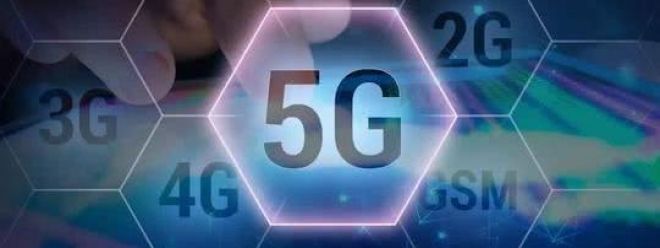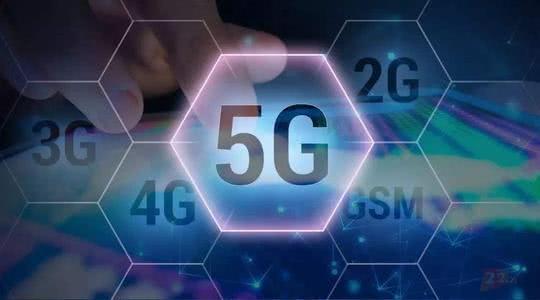GSMA calls for the opening of 2GHz IF spectrum to meet UN goals
2021.07.12

The shortage of 5G spectrum resources may increase consumption costs and exacerbate environmental problems.
In the next ten years, the mobile communications industry will need intermediate frequency spectrum of 2GHz and above to meet the rate requirements of the United Nations International Telecommunication Union (ITU). At the same time, according to a study recently released by the GSMA (Global System for Mobile Communications Association) targeting 36 cities around the world, this initiative will also minimize the impact of 5G on the environment and reduce consumption costs.

The study shows that in order to meet the standards set by the ITU by 2030, global decision makers should uniformly release spectrum resources such as 3.5GHz, 4.8GHz and 6GHz to mobile operators. Only by ensuring that sufficient spectrum resources are provided can the potential of 5G be fully released in specific scenarios. In addition, the construction of a large number of antennas and base stations will increase carbon emissions and consumption costs. According to research by Coleago Consulting, additional spectrum resources can reduce the carbon footprint of the network by two to three times while promoting the sustainable development of mobile connections.Opening up the 2GHz spectrum will also make 5G services more affordable. If a city needs to build a large number of base stations to cope with the scarcity of 800-1000MHz spectrum resources, its deployment cost will increase by US$782 million to US$5.8 billion. It is expected that within ten years, its total cost will rise three to five times.The opening of IF spectrum will also promote the development of fixed wireless access (FWA). Studies have shown that with the opening of the 2GHz spectrum, the number of households that can be covered by each base station has increased by at least five times, far exceeding the coverage of optical fiber, and the high cost performance allows more households to enjoy high-speed Internet services.The 2023 World Radiocommunication Conference will be a key opportunity for the global mobile industry to align its IF solution policies. The opening of the spectrum will ensure that mobile operators can achieve the goals set by the ITU to meet future consumer and enterprise business needs, namely download speeds and upload speeds of 100Mbps and 50Mbps, respectively.Therefore, GSMA calls on regulators to take the following measures:
Open the IF spectrum of 2 GHz and above between 2025 and 2030 to meet the IMT-2020 technical standard;
With the increase of 5G users, and given that the existing spectrum resources can no longer meet the needs of advanced applications, 5G spectrum requirements need to be handled carefully;
Make basic spectrum decisions based on population density and fiber deployment scope;
Support 5G intermediate frequency spectrum coordination (such as 3.5GHz, 4.8GHz and 6GHz), and promote the technical upgrade of existing frequency bands.